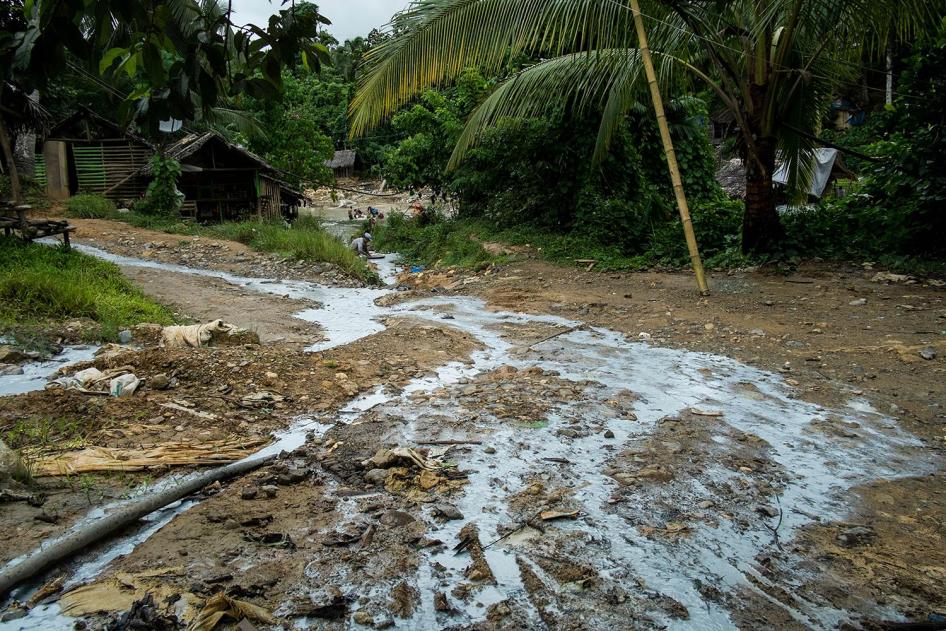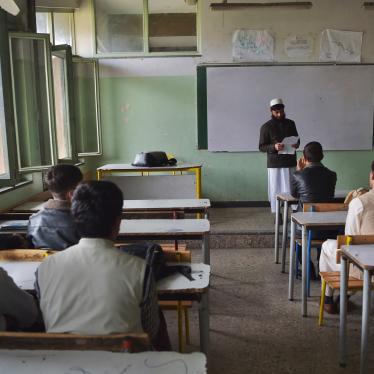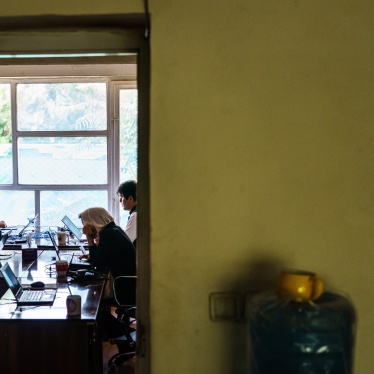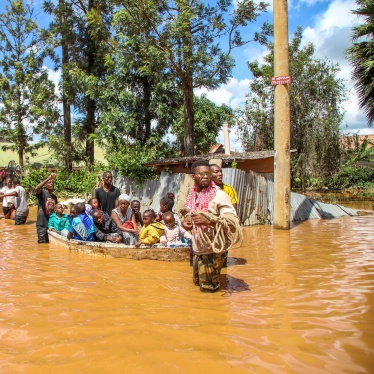Michelle is a pretty 15-year-old with a serious demeanor. When I met her in the mining village of Malaya in the Philippines, she told me that she had been working in small-scale gold mining since she was 8. She stands in the river to pan ore for gold. On the shore, she mixes mercury into the ore and creates a mercury-gold amalgam. Finally, she burns the amalgam with a torch, causing the mercury to turn into vapor and leave behind raw gold.
But she is putting herself in grave danger. Mercury is a highly toxic metal that attacks the central nervous system and can cause brain damage -- even death. It is particularly harmful to children, whose systems are still developing. One of the worst mercury poisoning disasters occurred in Japan in the 1950s, when a Minamata chemicals factory polluted the bay with mercury. Over 1,700 people died. Many more suffered from disease, and are still suffering now.
Tackling mercury use is not easy, and countries like the Philippines need assistance from wealthier countries such as Japan, which knows only too well the long-lasting damage mercury can cause.
When I asked Michelle if she knew that mercury was poisonous, she shook her head. She was silent for a while. Then she told me that she sometimes had spasms in her hands, her legs, or her whole body. Some of her friends do too. The shaking could be from working in the cold water. But it also could be mercury poisoning, whose symptoms include spasms and tremors. No one had ever checked why Michelle and her friends were having these spasms. The local health centers lack training and equipment to diagnose mercury exposure.
In Malaya, Camarines Norte province, and in many other small-scale gold mining areas of the Philippines, children are directly exposed to mercury. They work with it, breathe its fumes, and eat fish polluted by it. Miners put large amounts of mercury straight into the mills that grind the ore, a process called “whole ore amalgamation.”
Looking at this process, I could see the reality of how this affects communities and their children with my own eyes: A light-grey liquid was flowing from the large metal drums that are called ball mills. Mercury gave it its color. From the drums, the mercury-laced water flowed into basins and onto the ground and followed a path straight to the nearby river where children played, swam, and worked. I have observed mercury use in small-scale mines in many parts of the world, but I have never seen such visible water pollution.
Governments around the world came together in Minamata two years ago, in October 2013, and adopted a new international treaty to tackle the threat of mercury to human health and the environment, the Minamata Convention on Mercury. The convention requires governments to end whole-ore amalgamation and other particularly harmful uses of mercury; to introduce mercury-free gold processing techniques; and to provide special protections for children.
It also calls for testing and for treatment of mercury-related health conditions. While the Philippines has taken some steps in the right direction—notably under the leadership of an organization called Ban Toxics—much more needs to be done. And much more can be done: The Philippines is one of the few places where mercury-free gold processing techniques are already practiced in one province, Benguet. Their experience of processing gold by direct smelting should be expanded to other parts of the country.
Marked by the lessons from the Minamata disaster, Japan has played a leading role in the adoption of the mercury treaty. Having already provided some technical support for mercury testing to the Philippines through the National Institute for Minamata Disease, Japan is well placed to provide support to programs to test, treat, and end mercury exposure—with particular attention to children. And to make clear its commitment to the fight against mercury pollution, Japan should ratify the Convention by the end of 2015, as it has promised.
Child labor in mining robs children of their health, their education, and their future. Michelle and her friends deserve to be protected from work with mercury—truly one of the worst forms of child labor. Japan can help make this happen.








